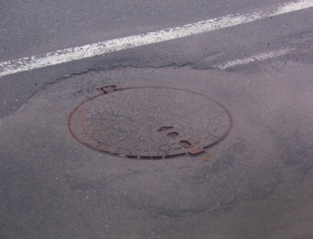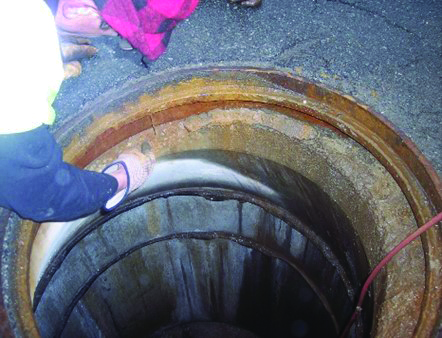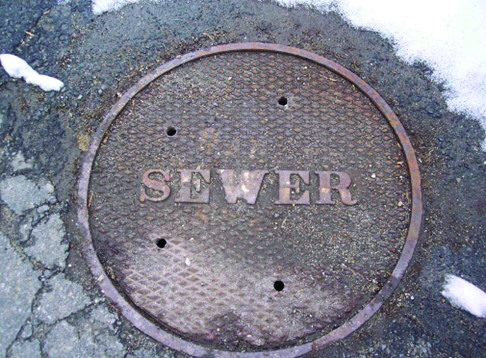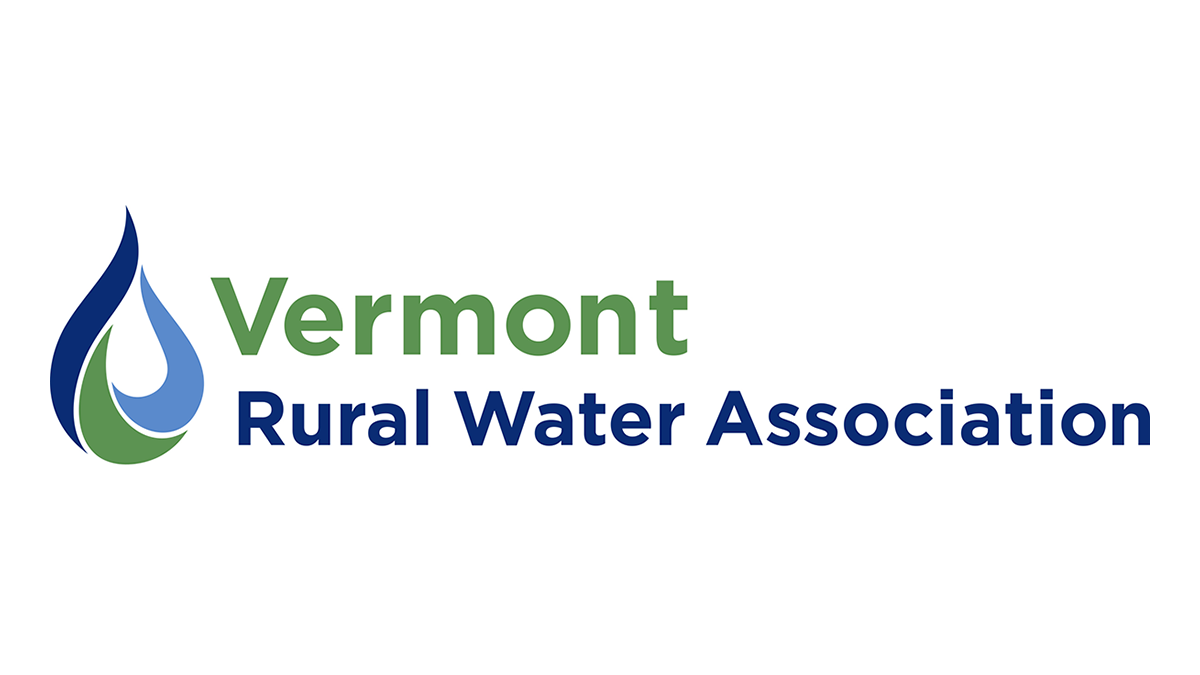by Wayne Graham
This article was published in the spring 2024 issue of our newsletter.
This is the third and final article in a series about cost effective ways of reducing inflow and infiltration to our wastewater treatment facilities.
The following definitions come from Operation of Wastewater Treatment Plants, Volume 1 by The Office of Water Programs.
Inflow means “water discharged into a sewer system and service connections from sources other than regular connections. This includes flow from yards, drains, foundations, and around access and manhole covers.”
Infiltration is “the seepage of groundwater into a sewer system, including service connections. Seepage frequently occurs through defective or cracked pipes, pipe joints and connections, interceptors access risers and covers, or manhole walls.”
The book further clarifies, “Inflow differs from infiltration as it is a direct discharge into the sewer rather than a leak in the sewer itself.”

Sand shows the path of water

Deteriorating concrete under the manhole cover
Extra water from inflow and infiltration has to be handled by the collection system and treated by the wastewater facility. This is costly, causing the facility to use extra electricity and chemicals, and can affect the efficiency of treatment processes. In the long-term, extra inflow and infiltration take up valuable facility capacity, restricting the number of future hookups and therefore limiting the growth of the community. It might also lead to expensive upgrades to increase the facility capacity.
Manholes are access points to wastewater collection systems. Unfortunately, they can also allow unwanted surface and groundwater to enter. According to an EPA research paper, written by Vermont’s own Dick Perez, “30 to 50 percent of inflow and infiltration is due to defects and conditions in or near manholes.”
A manhole inspection program can be very beneficial to identifying sources of inflow and infiltration. Documenting your observations will allow for prioritization of repairs. Manholes should be inspected annually.
Start by inspecting the surface around the manhole. Look for telltale signs of accumulated sand being carried by water. If the cover or frame is below grade, it should be raised to avoid surface water from entering. A quick fix is to use an inflow cover to prevent water from entering into the manhole.
Inspections also need to include risers, joints, walls, and stubs. Water staining can show past inflow and infiltration points, but it’s hard to beat putting on a rain coat and inspecting manholes during rain events or times of high groundwater levels. Inspecting the inside of a manhole can be done using pole mirrors, zoom cameras, or actual entries. Be sure to follow confined space entry procedures if your inspection includes a manhole entry.

Holes were drilled in this manhole cover to drain a huge puddle,
but now will be a source of inflow every time it rains.
In addition to regular inspections, smoke testing can be helpful in finding manhole defects. During smoke testing, a blower injects smoke into a collection system. The smoke will quickly emerge from manhole defects such as poorly sealed covers and leaking rings or risers. Note that public notification and safety procedures need to be followed prior to smoke testing.
Once your inspections are done, it is very important to prioritize your repairs to get the biggest return for your time and money. Manholes can be brought up to grade by town crews or local contractors. There are several Vermont companies that do a great job of internal repairs and sealing, or this can be done by collection system personnel using a variety of new products that are on the market.
For assistance with inflow and infiltration in your community, contact Vermont Rural Water’s wastewater specialists.

